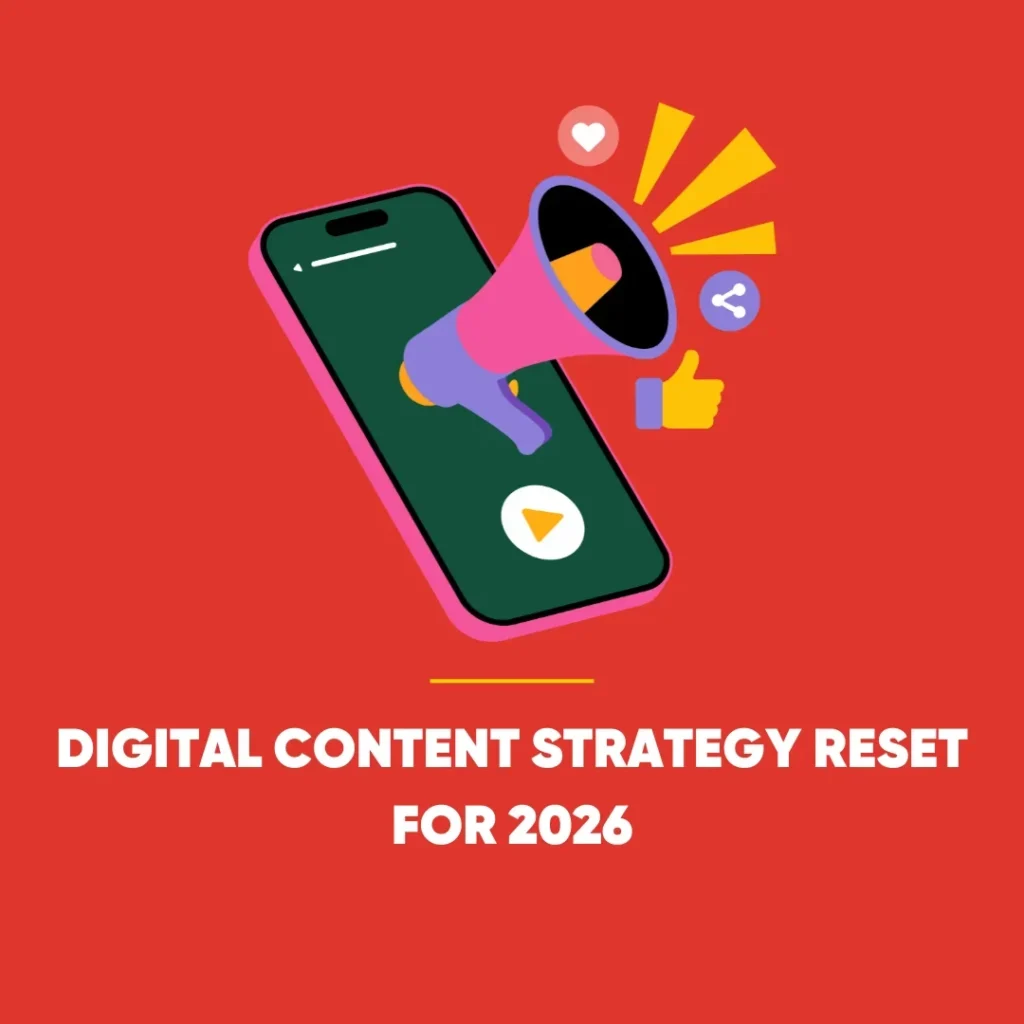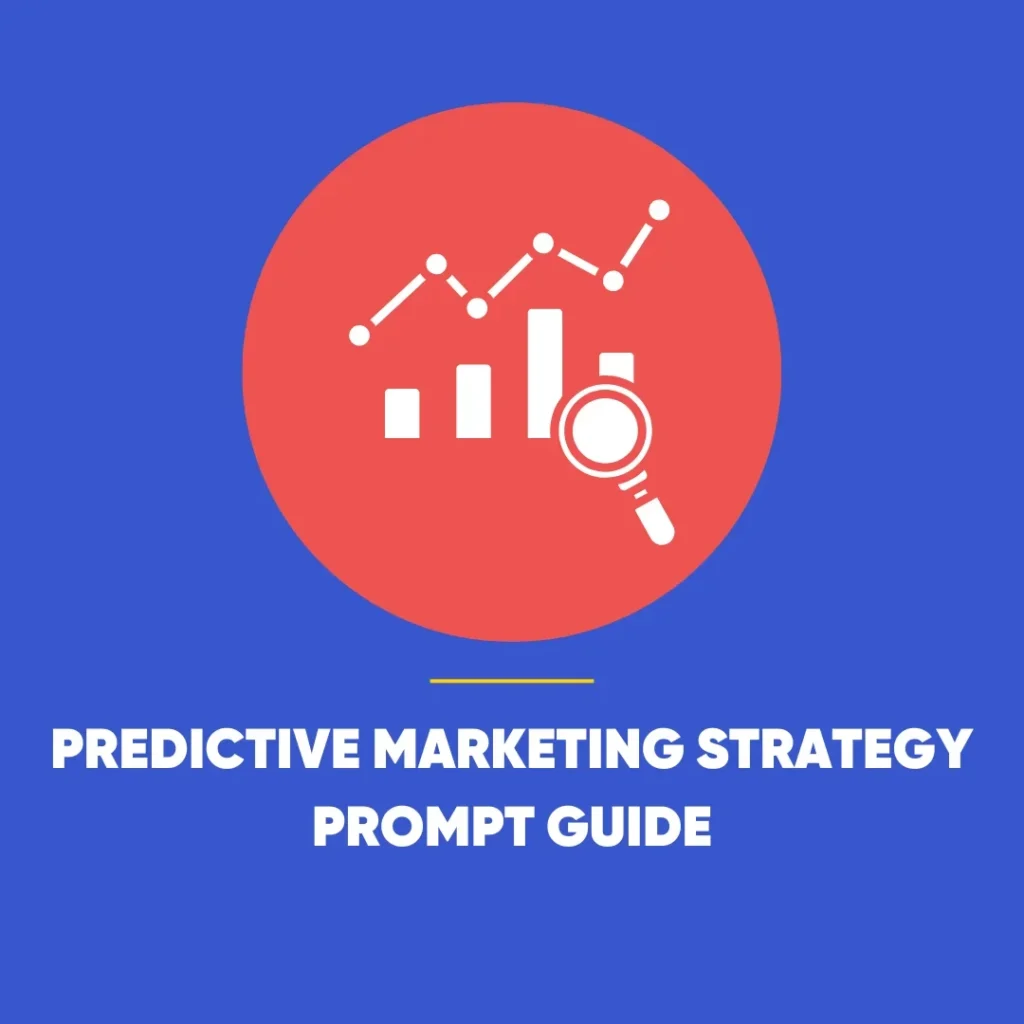Content Strategy Mastery Amidst the Noise
Understanding the Content Overload
In today’s digital landscape, achieving content strategy mastery amidst the sheer volume of content being produced and consumed is staggering. From elections and continuous advancements in AI to unpredictable economic conditions, the environment is more chaotic than ever. However, the issue of content saturation is not solely a result of these factors. In 2024, the emphasis on digital content and content-driven experiences has reached unprecedented levels, requiring organisations and marketing teams to craft content that holds value and achieves extensive reach across a multitude of platforms.
The reality is that you’re not alone in this endeavour. Technology now enables everyone—including your competitors—to repurpose and scale content across these platforms. Just think about it: I recently collaborated with a team from an interactive entertainment company that aimed to utilise AI to escalate their short-form article output from 25 to over 500 articles each week, amounting to a staggering 30,000 posts annually.
Yes, you read that correctly: 30,000 posts a year.
This surge in content production is partly why content and marketing teams often feel as though they are shouting into a hurricane, highlighting the challenge of achieving content strategy mastery. Yet, this isn’t a new phenomenon; the struggle to cut through the noise has always existed.
The Persistent Problem of Excessive Content
Historically, the internet has grappled with an overflow of content. For nearly a quarter-century, the core challenge faced by successful internet enterprises has been this very issue. Search engines, social media platforms, and other digital tools have been developed to manage and filter this incessant flow of information into something consumable.
Depending on your perspective, this has either enhanced or degraded the quality of knowledge and information. In many ways, both outcomes are true. Despite this, crafting an effective content marketing strategy in 2024 remains a complex task, especially under demanding expectations like those faced by my client.
The client’s management had a rationale for their content production goals: “We’ll never compete if we delve deeply into topics. Our competitors publish daily, and they’re the ones capturing attention.” Essentially, they believed that producing more content would increase their chances of reaching audiences, thereby offering more value. However, this notion is flawed.
More Content Does Not Equate to More Value
Even with AI’s advancements, content creation remains a challenging field where high-quality and unique ideas are scarce, making content strategy mastery increasingly difficult. While AI has democratised content publishing and distribution—similar to the impact of the photocopier, word processor, and printing press— the creation of genuinely great ideas remains limited.
What this means is that amidst the vast amount of content being generated, much of it becomes both signal and noise. Your noise overshadows another signal, and vice versa. It’s not surprising, then, that content marketers rarely produce content that is truly unique. Often, thought leadership simply reflects broader trends and existing knowledge, rather than pioneering new insights or groundbreaking journalism.
This scenario is intentional. As a marketer, your primary goal is to achieve visibility among your target audience. You aim to be prominent in the cacophony of content while avoiding becoming just another piece of noise. The challenge is to be “noisy” enough to capture the attention of your desired audience without being drowned out by the overwhelming volume of content.
Content Strategy Mastery: Strategies for Standing Out Amidst the Noise
So, how can you balance between creating valuable content and making enough noise to capture the right audience’s attention? Media companies offer insightful models that can be applied here.
Craft ‘Conscious’ Content Experiences
A “conscious” content experience means intentionally and thoughtfully evolving your narrative as your audience’s needs and preferences change, while maintaining the core story and values. Media companies frequently retell the same story through various cultural contexts or audience perspectives. Consider the numerous adaptations of Spiderman—from the simplistic comic books of the 1960s to the complex multiverse films of today. Each version updates the story to resonate with contemporary audiences while preserving the core message of responsibility and power.
You can apply a similar strategy to your own content. For instance, your blog or resource centre does not need to be confined to a rigid editorial focus. Great publications adjust their editorial approach as audience needs and contexts evolve. Take SAP, for example. In early 2020, their content team redirected their focus to cover COVID-19 updates on their Future of Customer Engagement and Experience site. This shift not only increased traffic but also helped build a loyal audience. Once the pandemic’s prominence lessened, SAP rebranded the site as the Future of Commerce and refocused on topics like AI in research management and sustainability in fashion.
Emphasise Differentiation Over Improvement
Media companies understand that differentiation is more crucial than merely being better, reflecting a key aspect of content strategy mastery. For instance, the U.S. version of The Office did not attempt to replicate or improve upon the British original. Instead, it offered a fresh take on a similar concept, tailored for a different audience. Many content marketers, on the other hand, aim to outdo their competitors by producing superior research or more provocative thought leadership. However, one of my clients, a financial services consultancy, chose a different path. Instead of striving for better content, they created a community and resource hub to help financial advisors discover new books. This approach was not necessarily superior but was distinct and provided unique value.
Prioritise Quality Over Quantity for Long-Term Success
There is a mathematical argument suggesting that if you produce enough content, some will inevitably succeed or go viral. While this may be true, experience shows that teams focusing on creating distinctive, high-quality content amid the noise tend to perform better than those who simply churn out large volumes of material.
A case in point is a recent example involving Four Seasons. When a TikTok video featuring a young child excited about staying at the Four Seasons in Orlando went viral, the brand seized the opportunity. They hosted the family for a stay and documented their experiences, generating substantial positive social media engagement. This strategy involved investing time and effort into producing quality content that was just the right amount of “noise” to stand out and connect with audiences.
Content Strategy Mastery: Targeting the Right Audience with the Right Signal
While it might seem logical to use technology to produce as much content as possible, this approach does not address the core issue of distinguishing signal from noise. Overloading audiences with content can obscure your most important messages. Even high-quality content can be lost in the shuffle if it is buried under an avalanche of less relevant material.
The key is to create content that resonates with your desired audience. To those who find value in your message, you are a signal. To those who do not, you are just noise. Craft your content thoughtfully, ensuring it offers genuine value and relevance to your target audience.
Ultimately, it’s about telling your story effectively amidst the noise. Focus on making your content meaningful and distinctive enough to stand out and connect with those who matter most.









